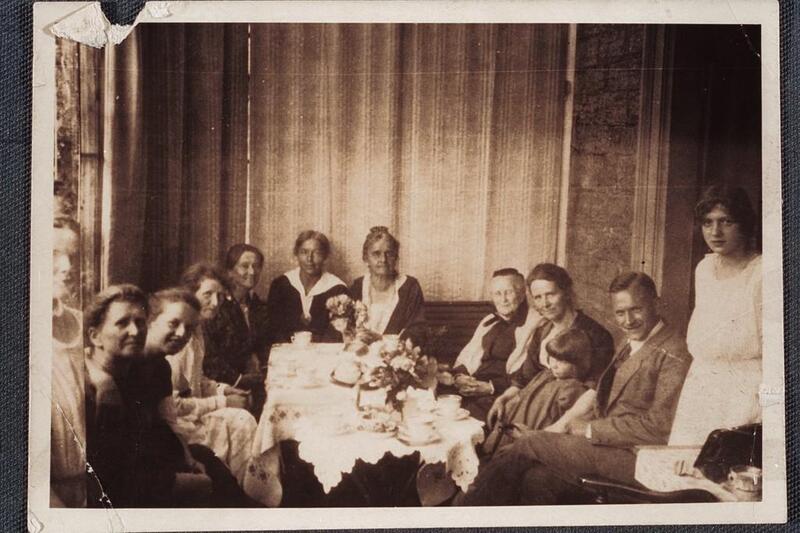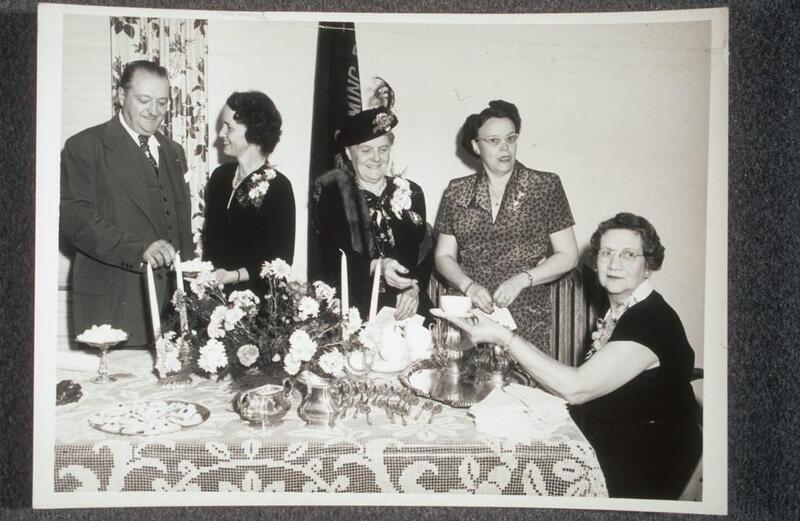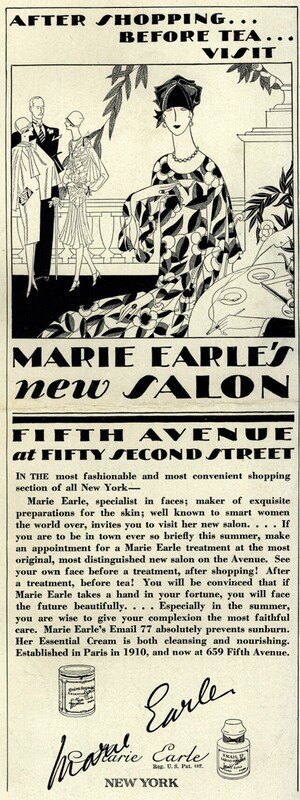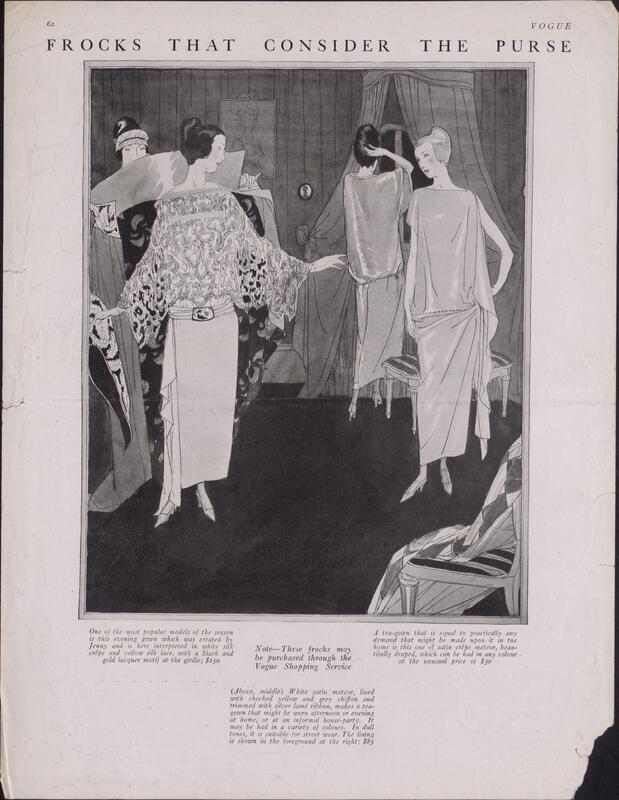Introduction to Early American Tea Culture
To start off my analysis of tea advertisements throughout the 20th century, it is necessary for us to understand the cultural involvement of tea within society. To understand this, we need to go acknowledge the social and cultural aspects of tea, and how it is perceived by the 20th-century public. To understand tea culture best, we look back to the rise of tea in America. Tea was largely considered a social drink, where large groups of people, sometimes predominantly women, meet to drink tea, eat, and converse. In 1908, Harper’s Bazaar ran a piece regarding early American tea culture, and how “Today, at the tea-hour smart carriages are drawn up in front of the tearoom; within, the merry tap of high heels on polished floors mingles with the fresh odor of violets and the rustle of many skirts. It is the fashion to drink tea in New York!"(Martin, 162). Obviously, tea time was regarded as a high-class social event that people needed to dress up for. As depicted in the photos below, women would often gather for tea, dressed in fine wear with the table beautifully set. Tea time was an occasion for a form of polite sociability, signaled by [the] best china and the pious topic of conversation (Ellis, 252).
With nice dresses and shining silver tea ware depicted in the primary sources of what an event like this looked like, it is obvious that it was not a casual occasion. With the growth in popularity of serving tea to friends and family, inevitably, a new set of rules also came into being. "Tea etiquette" became the rage, and new conventions and a new vocabulary quickly evolved (Martin, 155). Publications designed to encourage tea parties and to offer guidance on tea-table etiquette were addressed to women, for whom taking tea was regarded as a civilized female social ritual (Cusack, 202-203). With that being said, it was apparent that women are depicted as the dominant consumer within culture like this, which led to a target demographic for tea advertisers. Tea time and other social aspects of tea were used to advertise tea specifically to women, where tea companies as well as other institutions pandered to the fancy ideals of tea time to direct advertising to a large female audience. Marie Earle’s Salon, as well as Chapman’s advertisement in Vogue are primary examples of how tea involves itself within women-based advertising, and how tea culture created a demographic for tea advertising within the United States. These advertisements were used to embed the classy and lavish culture of tea further into society, and how social contexts connect advertisers with their consumers. This helps us relate to how women are involved within tea culture, and gives us context to build upon when looking at advertisements relating specifically to women.




